Scenic Designers' Roundtable: Whom Do You Serve?
 David Gallo |
David Gallo |  October 16, 2012
October 16, 2012 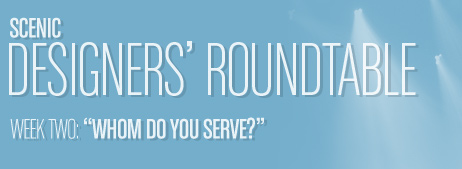 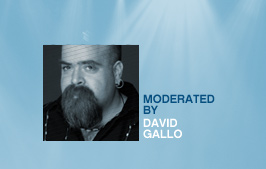 |
||||||
 |
||||||
Over the course of four weeks, scenic designer David Gallo will pose one question each week to a group of some of the top designers working in theatre and entertainment today. The hope is to scratch beneath the surface to glean some insights into these working artists’ artistic processes. SCENIC DESIGNERS’ ROUNDTABLE:
|
||||||
|
|
|
|||||

Well, it’s the audience, isn’t it? I’ve heard designers say that you really only design for other designers and, while that’s a cynical commentary, I think it speaks to our need to be appreciated. The dynamic within any production will change depending on the relationships and experience level of the creators involved and so, as always, you are navigating political waters to do what you feel is right for the production but, ultimately, you want to make something that people will respond to in a positive way. In the best circumstances, this is achieved by clarity of vision. That vision may come from the director, the playwright, the producer, or the designer, or it may evolve through collaboration among all of these players; but once in place, it will define the nature of the production. What is great about theatre is that it is a living thing and no two productions are really ever the same. So, while working on a new play presents an inherent challenge for definition, a creative team has to ask the same questions of a revival about what the play is going to say and to whom. It’s important to note that audience’s sensibilities change over time and place, so what was tried and “true” in London in 1960 may need a new approach to speak the same truths in New York in 2012. As edgy and rebellious as we feel we are as artists, I think there is an admission that what we are doing by putting on plays is ultimately a populist pursuit; you can serve whomever you choose, but if no one buys a ticket, you won’t be serving anyone for long. |
||||||
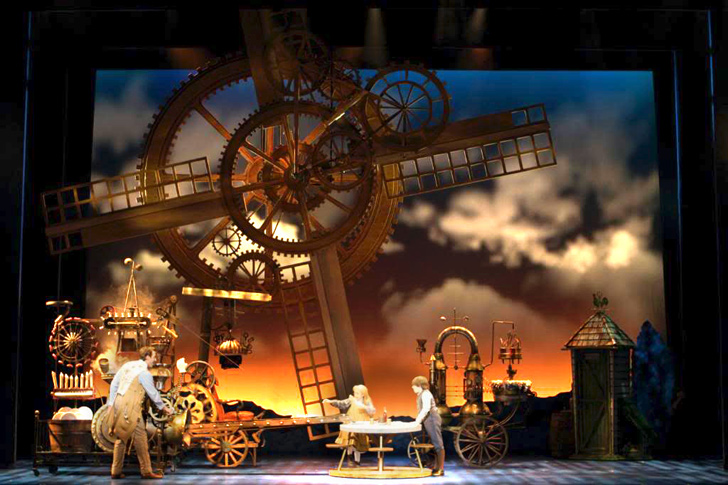 |
 |
|||||
| (Chitty Chitty Bang Bang) | (Pirates!) | |||||
 |
||||||
| (Lucky Guy) | ||||||
 |
||||||
| (City Club) | ||||||
|
|
|
|||||

I really think I serve the director first. I always say the director has to drive the bus, and if the writer or producer is in control, the bus will go off the road. That said, hopefully the writer and producer have signed on with a director they trust, and who they are willing to be led by. And that doesn’t stop me from arguing with my director if I think they’re wrong, but in the end, the director is the boss. |
||||||
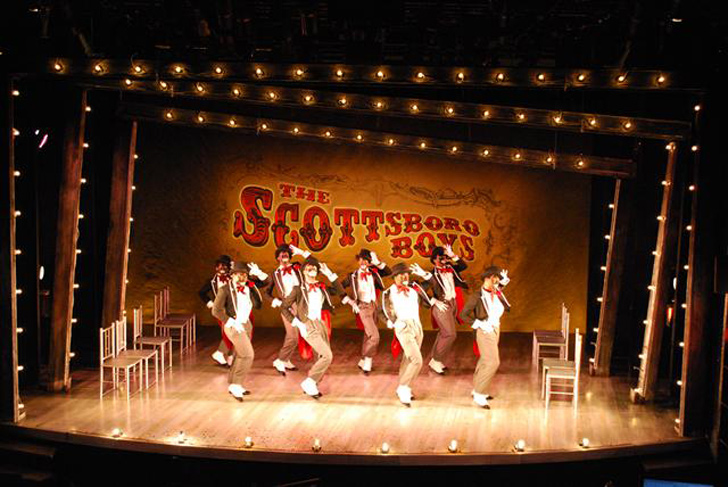 |
||||||
| (The Scottsboro Boys) | ||||||
 |
||||||
| (Sondheim on Sondheim) | ||||||
 |
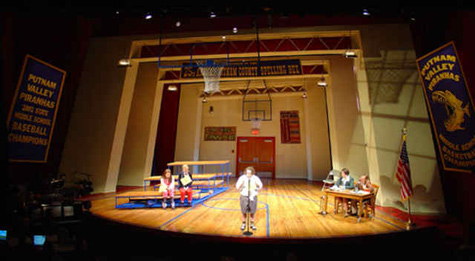 |
|||||
| (The 25th Annual…Spelling Bee- rendering) | (The 25th Annual…Spelling Bee) | |||||
|
|
|
|||||

I believe we are all in service to the play. Sometimes even the writer can get in the way of the play. The master is always the same, whether it is a new work or a classic. Much of my process involves courting the play and seducing it in to revealing its secrets. The work is in service of the words and the magic they make when they are assembled. The manner in which one works should serve all involved and create an atmosphere in which everyone can put their best fruits forward. |
||||||
| (Spring Awakening) | ||||||
 |
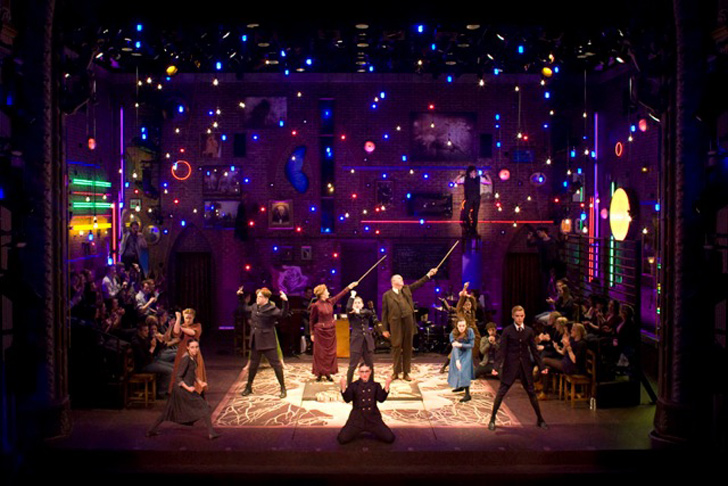 |
|||||
| (Spring Awakening) | (Spring Awakening) | |||||
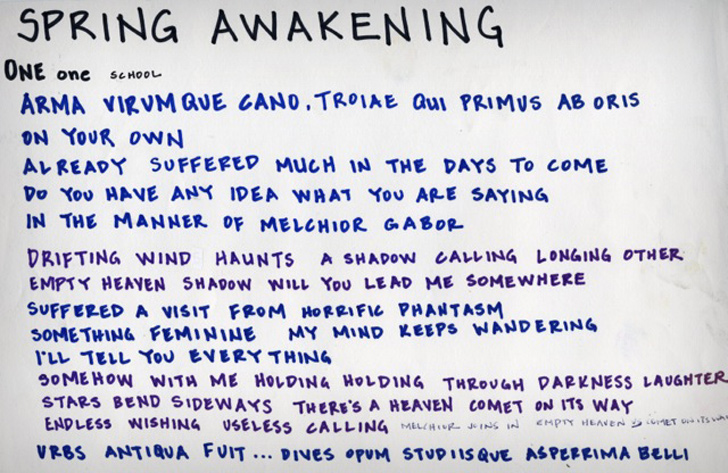 |
||||||
| (Spring Awakening) | ||||||
|
|
|
|||||

Personally I do not view it as “serving” anyone, because awareness of a creative hierarchy is distracting and often counterproductive. When realizing the world of a play, I ultimately serve myself. I am initially fed creatively by the play and depend on the producer to realize whatever world is imagined. My primary collaborator is the director and the goal is to make a world that we own equally while being responsible to the playwright and producer. In a good collaboration, the director will balance any and all ideas or issues from the playwright or producer with our ultimate intention. The director will own the world as much as I. Ideally, the playwright and producer are valued collaborators, but their input needs to come through the director. Whenever the playwright or producer attempts to sidestep the director it has been problematic and made the process far more difficult. It is the same whether a new play or a tried and true classic. With the classics, I often miss the voice of the playwright in the room. I would love to have Shakespeare talk about some of the worlds I created that he inspired. |
||||||
 |
||||||
| (Anna Karenina) | ||||||
 |
||||||
| (Dead Man’s Cell Phone - renderings) | ||||||
 |
||||||
| (Dead Man’s Cell Phone) | ||||||
|
|
|
|||||
ABOUT THE ARTISTS |
||||||
|
ROB BISSINGER has designed for the theatre for over 10 years and his work has been seen regionally in Damn Yankees, Meet Me in St. Louis, The Full Monty (Paper Mill), Half A’ Sixpence, Pirates! (Goodspeed), Hunter/Gatherers (the Wellfleet Harbor Actor’s Theatre), and Everything’s Ducky at the St. Louis Rep, for which he received a Garland Award. Off-Broadway credits include: Lucky Guy (Little Shubert), City Club (Minetta Lane), and Jacques Brel is Alive and Well and Living in Paris (The Zipper). In addition to art directing large-scale projects like the Venetian Phantom Theatre in Las Vegas, he has also been associate designer for Broadway productions including Spider-man: Turn Off the Dark, and his designs have appeared all over the world in 3 Mo’ Tenors, Chitty Chitty Bang Bang, Scooby Doo in Stagefright, Disney’s Believe, and most recently, Mythbusters: Behind the Myths. |
||||||
|
BEOWULF BORITT Broadway: The Scottsboro Boys (Tony Nomination), Rock of Ages, Chaplin, Grace, Sondheim on Sondheim, …Spelling Bee, Lovemusik, The Two and Only. Off- Broadway: More than 50 shows including The Last Five Years, Toxic Avenger, If There Is I Haven’t Found It Yet, Miss Julie, Public, Roundabout, MTC, 2nd Stage, Vineyard, MCC, New Group, Pearl, American Place, Keen Company. Other Designs: The Seven Deadly Sins (New York City Ballet), Paradise Found (London), Reel to Real (Beijing) and 2 editions of the Ringling Brothers and Barnum & Bailey Circus. He received a 2007 OBIE Award for sustained excellence in set design. |
||||||
|
CHRISTINE JONES is a freelance set designer and the Artistic Director of the critically acclaimed Theatre for One, a portable private performing arts space for one actor and one audience member. She won a Tony Award for her work on American Idiot, A Punk Rock Musical directed by Michael Mayer, with whom she will be making her debut at The Metropolitan Opera with their production of Rigoletto. Additional Broadway credits include: On a Clear Day, Spring Awakening (Tony Nomination), Everyday Rapture, (all directed by Mayer), and The Green Bird, directed by Julie Taymor. Currently she is designing Hands on a Hardbody, a new musical based on the cult documentary film. Additional credits include: The Book of Longing, based on the poems of Leonard Cohen with music by Philip Glass (Lincoln Center Festival), The Onion Cellar (Elliot Norton Award), which she co-created along with director Marcus Stern and The Dresden Dolls, Much Ado About Nothing (Shakespeare in the Park), and Burn This starring Ed Norton and Catherine Keener (Signature Theatre). Her designs were included in the exhibition Curtain Call: Celebrating a Century of Women Designers for Live Performance at Lincoln Center Library for Performing Arts (2008). For achievements in her field, she received an Award of Distinction from Montreal’s Concordia University, 2009, and was honored at NYU’s Tisch Gala 2007. She has lectured at Princeton University and is currently Adjunct Faculty at the Tisch School of the Arts. |
||||||
|
G. W. (SKIP) MERCIER is a set, puppet, and costume designer who began professional work in 1983 and has since designed over 350 shows. He graduated Phi Beta Kappa with a BA in Dramatic Art from the University of California at Berkeley and the Yale School of Drama with an MFA where he was named the Oenslagger Scholar for the founder of the design program. Dozens of New York premieres include Dead Man’s Cell Phone by Sarah Ruhl at Playwright’s Horizons directed by Anne Bogart, Urban Zulu Mambo with Regina Taylor for Signature Theatre, Miracle Brothers by Kirsten Childs directed by Tina Landau, Eli’s Comin’, the work of Laura Nyro, and True History and Real Adventures by Sybill Pearson, with music by Mel Marvin and directed by Michael Mayer, both at The Vineyard Theatre, where he is a resident artist. He is currently working on a world premiere of the yet-to-be-titled show by Bill Irwin, David Shiner, and Nellie McKay, directed by Tina Landau for Signature Theatre, Alice in Wonderland, directed by Peter Brosius for Children’s Theatre in Minneapolis, and an adaption of Peter And The Wolf with Doug Fitch to be co-produced by Giants are Small and Cirque du Soleil. |
||||||










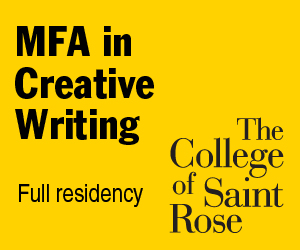
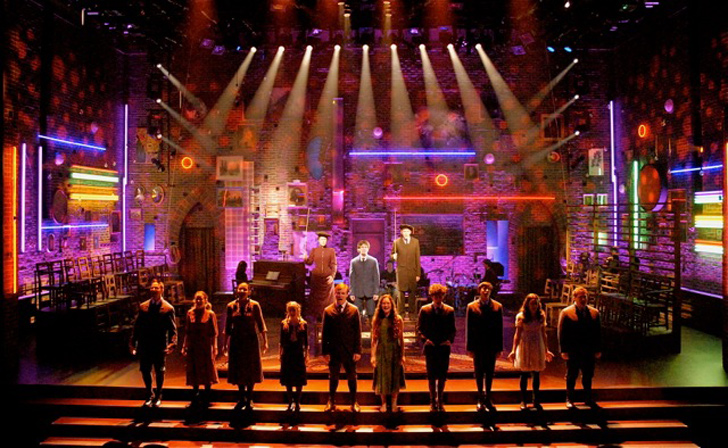

Reader Comments